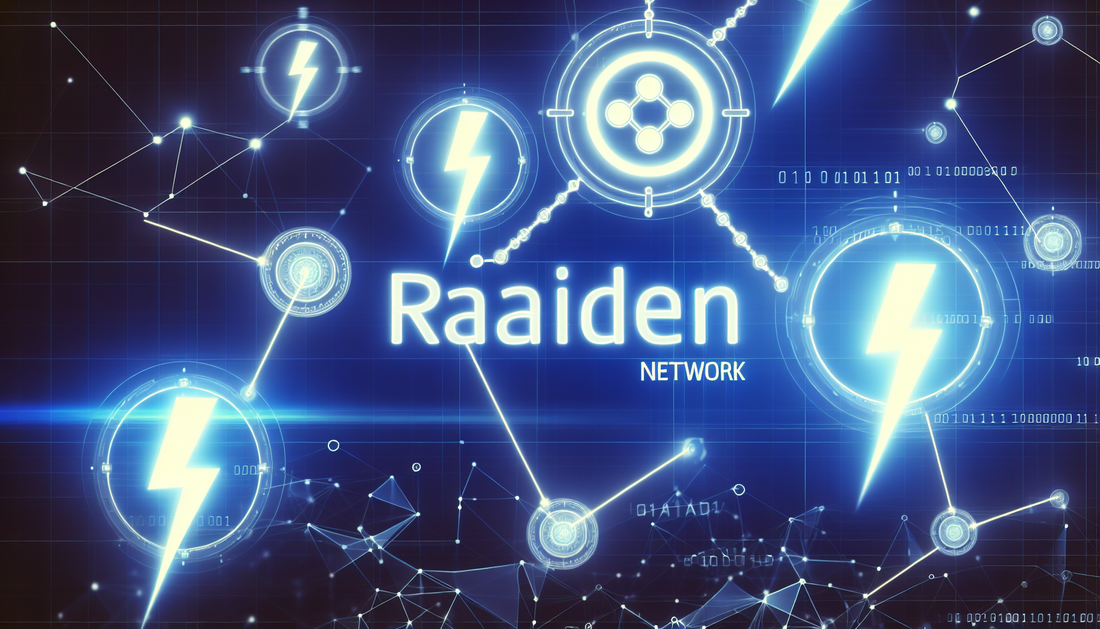
Unveiling the Raiden Network: Ethereum's Scalability Solution
Share
The History of Raiden Network (RDN)
The Raiden Network, often referred to by its crypto asset symbol RDN, emerged as a key player in addressing Ethereum’s scalability issues. The project was initiated by Brainbot Labs, founded by Heiko Hees, a noted contributor to Ethereum development. The Raiden Network aims to facilitate instant, low-fee, scalable payments in Ethereum, using a technology that is comparable to Bitcoin's Lightning Network.
The development of Raiden Network commenced with the goal of enhancing Ethereum's transaction throughput beyond its native on-chain capabilities. The network's journey began with its conceptualization in 2015, followed by the release of its whitepaper, which outlined the use of state channels to enable off-chain transactions. This methodology allows transactions to occur between parties without the need to record each transaction on the Ethereum blockchain, thus significantly increasing transaction speed and reducing costs.
In 2017, the project conducted a successful Initial Coin Offering (ICO), raising approximately $33 million. This funding enabled the development and subsequent publication of the project’s first major testnet release, named “MVP” (Minimal Viable Product). The MVP demonstrated the network's potential and gathered attention from both the developer community and potential users. The testnet showcased the stakeholders' progress towards their vision of a decentralized and scalable Ethereum ecosystem.
Several iterations and improvements led to the implementation of Raiden’s mainnet, known as “Red Eyes,” which launched shortly after the testnet. Each step involved rigorous testing to ensure the security and efficiency of the system. The scalability solution was designed to handle a massive volume of micro-transactions, which is crucial for applications like gaming and decentralized exchanges heavily relying on swift, low-fee transfers.
Despite its technological advancements, the Raiden Network has faced criticism and challenges, such as potential vulnerabilities in off-chain transactions and competition from similar scaling solutions. These critiques highlight the broad spectrum of risks and considerations that developers encounter in the rapidly evolving blockchain space.
The continuous development of Raiden reflects its ambition to integrate with emerging technologies while maintaining its core function as an efficient payment channel for Ethereum. This aligns with broader trends in blockchain scalability initiatives that transcend various platforms, including areas like gaming infrastructure as explored in articles such as The Untapped Potential of Decentralized Gaming: How Blockchain is Redefining Play-to-Earn Models.
For those interested in exploring more about blockchain advancements, the Raiden Network offers a robust example of innovation within the Ethereum ecosystem, paving the way for potential further developments in decentralized finance and similar domains.
